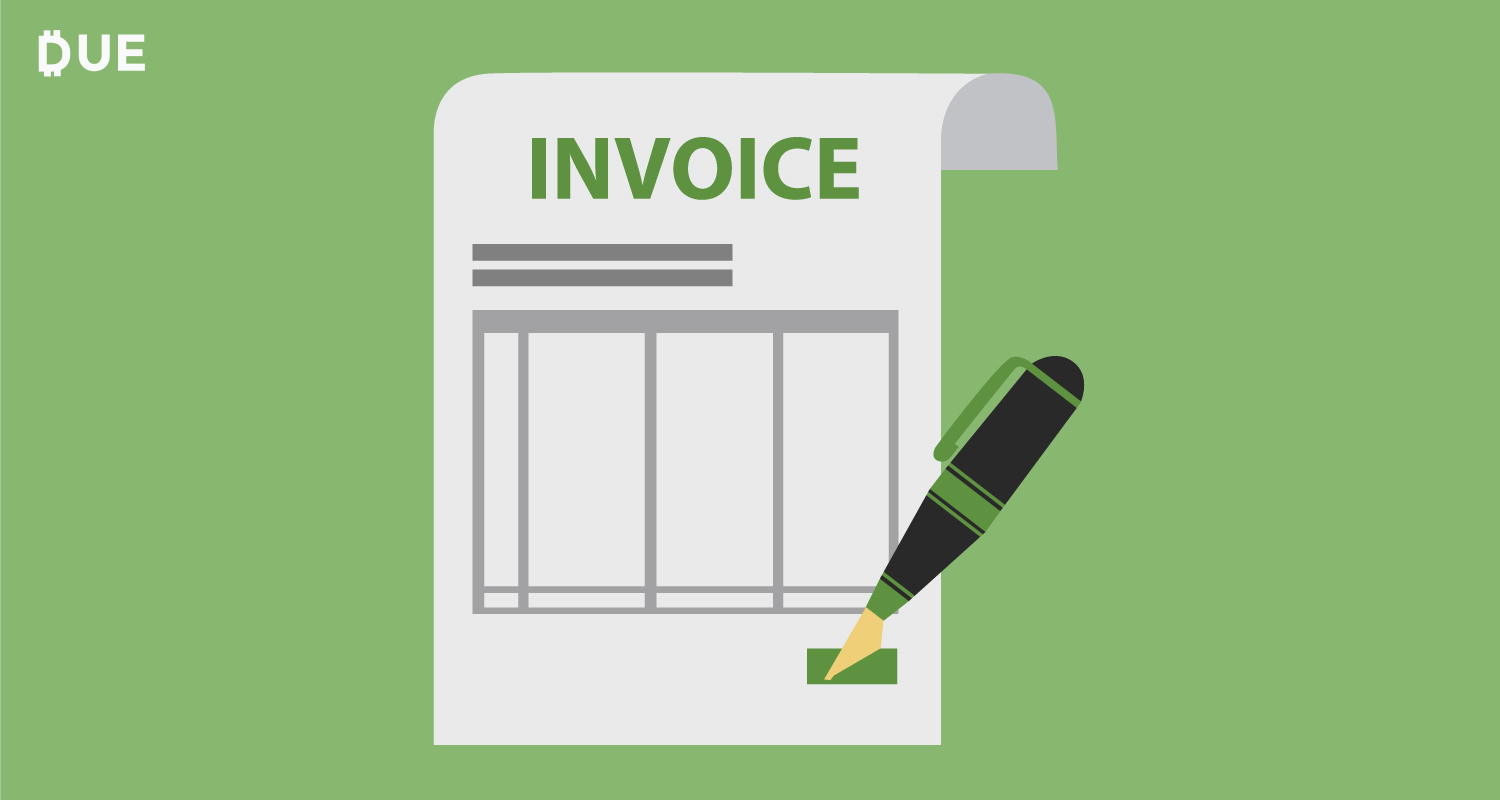Raise your hand if your business is booming, you’re booked out for weeks, and clients are knocking down the door to work with you on major projects. Now raise your hand if, despite your services being in high demand and priced accordingly — COVID happened and your cash flow is severely lacking. Here is why interim invoicing may be the answer to your cash flow woes.
Table of Contents
ToggleInterim Invoicing
For those who raised your hand to only the first statement, good on you. For those who raised your hand to both, interim invoicing may be the answer to your cash flow woes. We are all in a strange alternate universe with the COVID hanging over us. Yes, we will get through this together — but there are are few actions that you will want to consider taking.
Even if your business is on the up and up, a lack of cash flow can mean business bills go unpaid, and you personally go unpaid as well. Low cash flow is not a situation you can sustain for obvious reasons.
Quick fixes to improving cash flow are invoicing promptly, following up on late payments, and reducing business expenses.
If you’ve already done all of the above, the problem may not be in your payment collection and cost-cutting skills. Instead, the problem may be that you’re not invoicing your big project clients often enough.
Here’s how you may be able to benefit from interim invoicing.
What’s interim invoicing?
Interim invoicing is when you invoice someone multiple times during a major project instead of once at the end.
Essentially you break the payment for your service down into several parts and then invoice for each one. The client pays the invoices after you complete each aspect of the project so you receive money incrementally.
For example, say someone hires you to do a major project like rebranding their small brick-and-mortar fashion boutique. The fashion boutique rebrand includes brand identity sessions, an e-commerce website redesign, and print collateral.
Rather than invoicing once or twice at the beginning and end of the project (which could take several months), you can invoice in installments after completing each stage. This way you have cash flowing into your business while working to pay business costs and to pay yourself.
How to Transition to Interim Invoicing
Here are four steps to take to introduce interim invoicing into your business smoothly:
Ask your client first — Don’t Surprise them.
Switching to interim invoicing with clients you’re currently working with is probably not possible — unless they are in problems because of COVID and the current economy situation. Because of the issues at present — clients may welcome another way to get their projects done — yet pay little by little.
You’ve already made an agreement with the client.
If you didn’t set the expectation that you will bill every so often, you can’t send an invoice on the fly one day and expect anything but shock.
If I hire a brand strategist for my fashion boutique with the understanding that I pay twice (at the beginning and end of the project), I’d be pretty perturbed if I got an invoice at some point in between.
With that said, you may be able to ask clients you have a high level of rapport with if switching to another invoicing method is possible after explaining your situation. They may be very open to a change at present — my clients have been happy about the possible change.
I’m someone who initially billed for freelance writing at the end of every project. After working with a client for some years, I was honest about how invoicing one time was challenging for my cash flow. They understood, and we worked another invoice arrangement out.
It doesn’t hurt to ask, but also prepare to respect it if the answer is no.
Amend Your Business Terms
Switch up the terms of your contract to include invoicing throughout a project for future clients.
There are several ways you can work out an interim invoicing strategy. You can:
- Invoice after each deliverable
- Invoice after a percentage of the work is complete
- Invoice every week, bi-week, or month
- Invoice on random dates of yours and your client’s choosing
Make sure your desired invoice schedule is something your client agrees to. Besides getting paid more often, another benefit of amending your payment terms to include a periodic invoicing system is you can reduce risk of getting stiffed by clients.
If your client ends up going MIA before a project ends you still have some compensation for the time spent.
Stick to the Plan
Administrative tasks like sending invoices can fall to the bottom of the to-do list when you’re busy running other areas of your business.
Here’s the thing — interim invoicing can only improve your cash flow if you remember to send the invoices out and to collect the money.
If your invoice amount is always the same, you can set up simple recurring invoices using our online invoicing solution. You can even assign an admin to take care of invoicing for you.
Whatever you do, don’t wait until the end of the month or when you’re in a pinch to send your invoices out because it will defeat the purpose of interim invoicing altogether.
Pass on the Message
Send out updates of your new business term changes to others if a good portion of your business comes from word of mouth. This way when people refer clients to you they already know how you roll.
Remember to also update business terms on your website and your canned email responses.
Projects may come in that are too small to break into multiple invoices, and you can handle those accordingly. But anyone who’s interested in working with you should be aware that you may bill multiple times based on the demands of their request.
Final Word
Cash flow can make or break any business. Even businesses that appear to be doing remarkably well can go belly up if there’s more cash outgoing than incoming.
It’s smart to dig deep to analyze your cash flow trends every so often. Something is amiss if you’re signing on big clients but you don’t have many zeros in your business bank account to show for it.
Your first move should be to check that you’re sending out all invoices quickly. Your second move is making sure you don’t have any old invoices to collect on. Your third move is cutting unnecessary business expenses.
If you’re still hurting for cash, revisit your invoicing schedule to see if that’s an area of opportunity. Interim invoicing instead of asking for one lump sum may be just the right solution to your problem.













